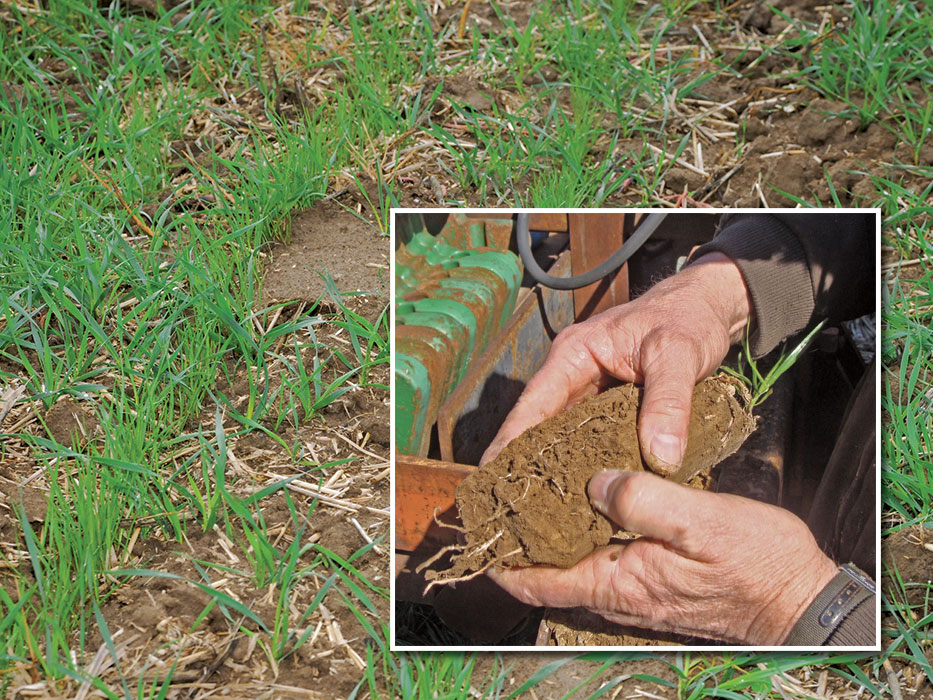Over the past 20 years, tens of thousands of farms across the Midwest have quit tillage practices because they harm the soil. Instead, they’ve gone to no-till and cover crops.
To review reasons to switch to cover crops, click here and get a free detailed guide to the benefits.
Here are brief summaries of some who have become champions of annual ryegrass as a cover crop, because it makes both agricultural and economic sense.
Loran Steinlage, West Union, Iowa: “I use annual ryegrass in mixes on critical areas like washouts and Highly Erodible Land.”
John Werries, Chapin, Illinois. “I hate erosion. We think annual ryegrass had the best root system of any cover crop. It’s amazing to see the roots that it puts down.”
Donn Branton, Le Roy, New York. “Cereal rye can really get away from you in the spring. There’s less risk of that with annual ryegrass. And ryegrass has good, deep roots. Compared to cereal rye, annual ryegrass has a lower carbon-to-nitrogen ratio.”
Mike Starkey, Brownsburg, Indiana. “I’ve been using annual ryegrass as my cover crop of choice for at least ten years. Annual ryegrass has the biggest root mass of any cover crop. The roots can go down 36 to 48 inches deep. Those annual ryegrass roots scavenge a lot of nitrogen, which gets released later in the growing season.”
Mike Shuter, Frankton, Indiana. “We have a 110-acre field in a wet area of the county that needs drainage. After seeding it to ryegrass in the fall of 2012, we didn’t lose any corn in 2013. But all of the fields around it had spots that drowned out.”
Matt VanTilburg, Celina, Ohio. “We seed 20,000 acres of ryegrass in mixes a year – several thousand of ours and the rest custom.
Dave Wise, Iowa dairy farmer. “I first tried annual ryegrass in 2011, drilling 40 acres. Now, I seed it on continuous corn ground chopped for silage. In 2014, annual ryegrass seeded on bottom ground took off very well and overwintered well, too.”







